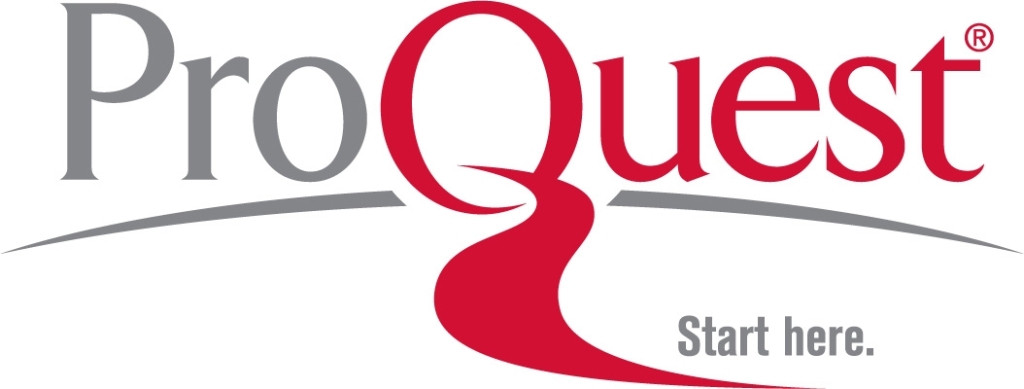Abstract
Currently, the world is facing the phenomenon of disruption in all fields that encourage digitalization, including the education system. Humans are required to be able to excel in competition and comparison in order to survive in competition. This causes complex problems in life that can no longer be solved with a monodisciplinary approach. So that in education it is necessary to integrate various fields of science so that students have useful knowledge and skills to face the era of disruption. Disruption encourages the digitalization of the education system. This can be seen from the shift in print literacy to multiliteracy. One of the consequences of these changes in relation to the education system is that students are required to be able to read and produce multimedia texts. It is not to be avoided but used for the advancement of education. The purpose of this study was to develop a model of Multiliteracy Integrative Learning (MULGRANING) in language learning. This type of research is development research using the Plomp (1997) Model which consists of three phases, namely the preliminary research phase; design phase; and assessment phase. This article will discuss the model design stage. The results of the study precised that the Multiliteracy Integrative Learning (MULGRANING) model consists of eight steps, namely experiencing, conceptualizing, analyzing, producing & creating, networking, applying, comparing, synthesizing.
Keywords
DOI: http://dx.doi.org/10.15390/EB.2023.11413







